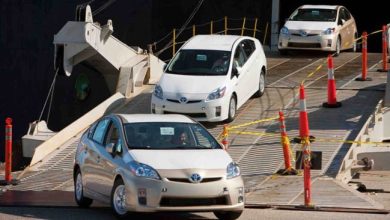West Asia
With Product You Purchase
Subscribe to our mailing list to get the new updates!
Lorem ipsum dolor sit amet, consectetur.
Related Articles
Check Also
Close
-
China's central bank unveils sweeping measures to boost economySeptember 24, 2024







